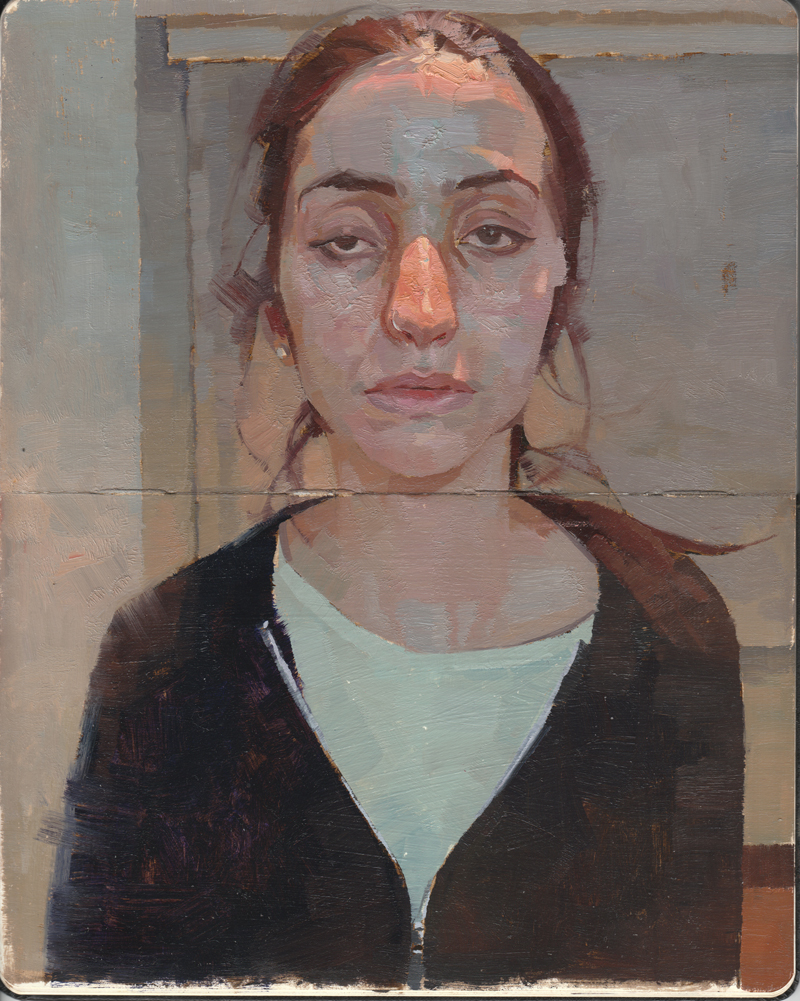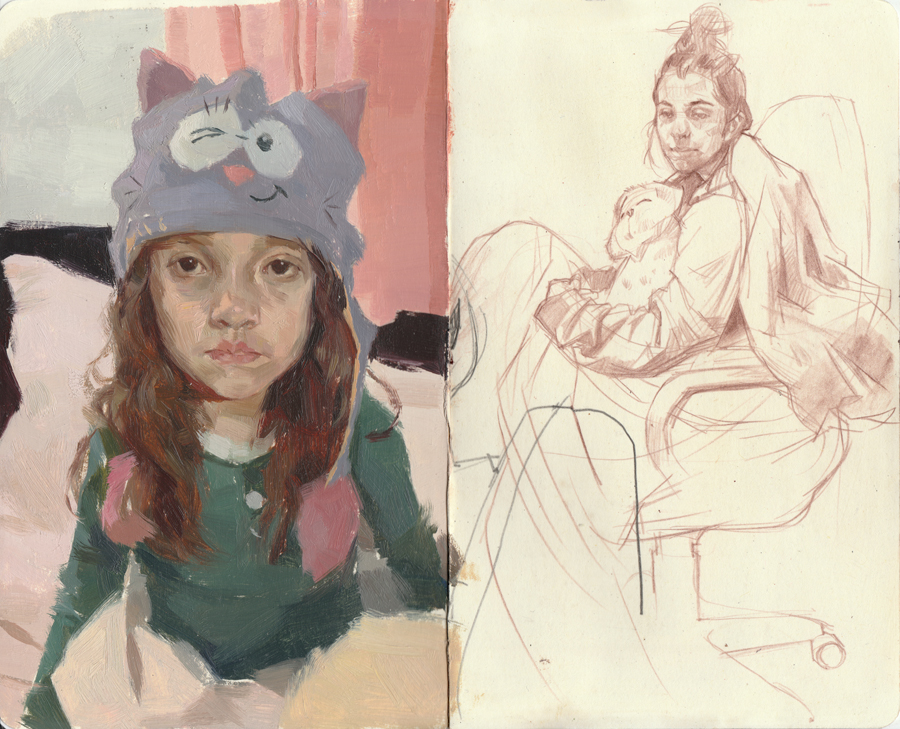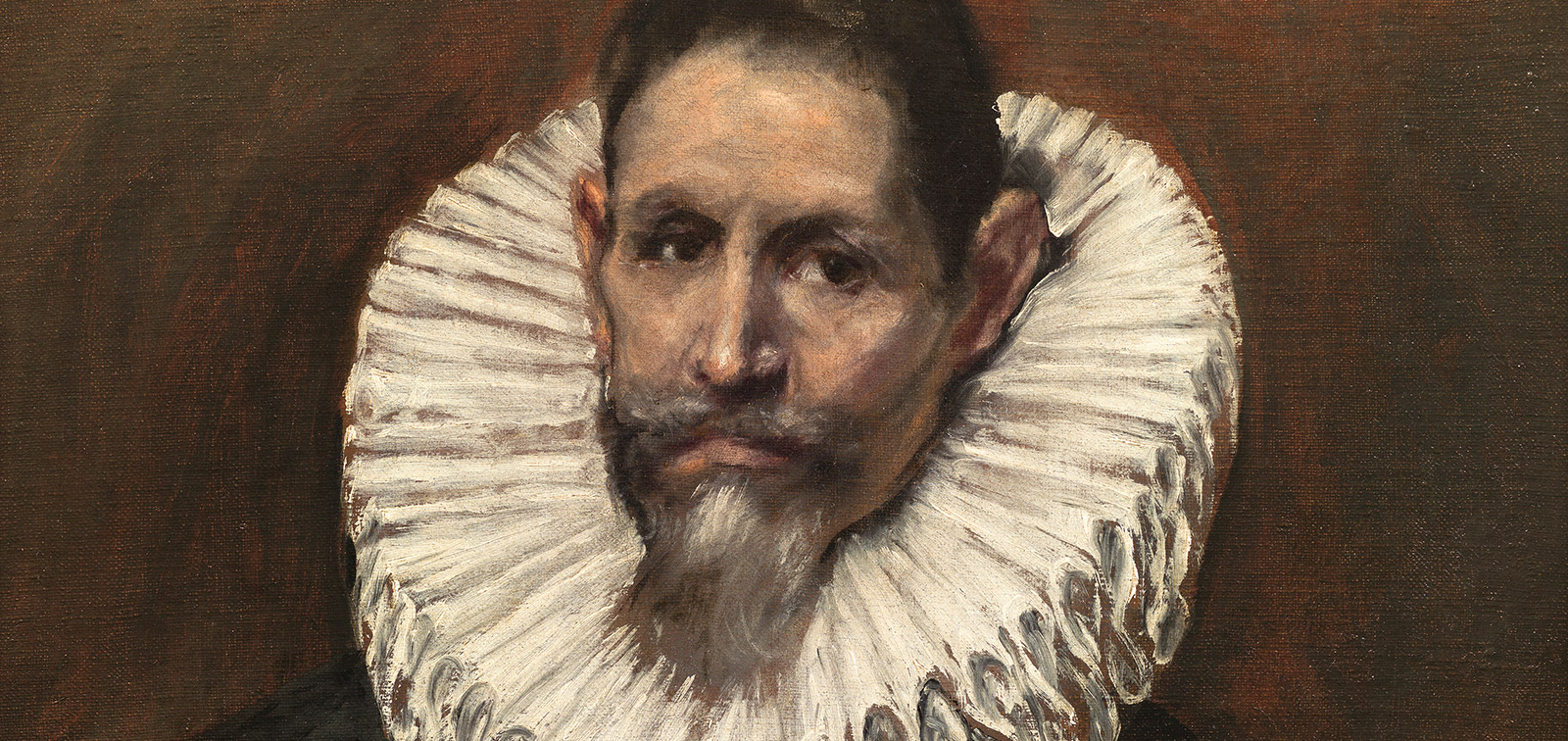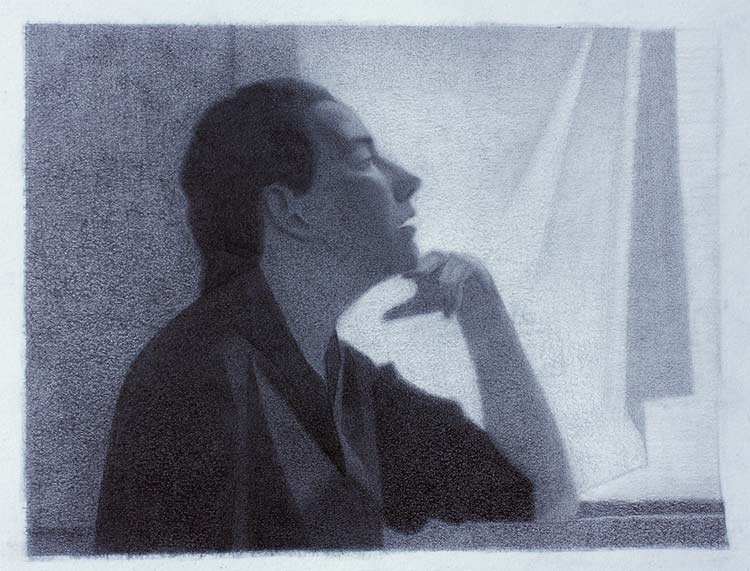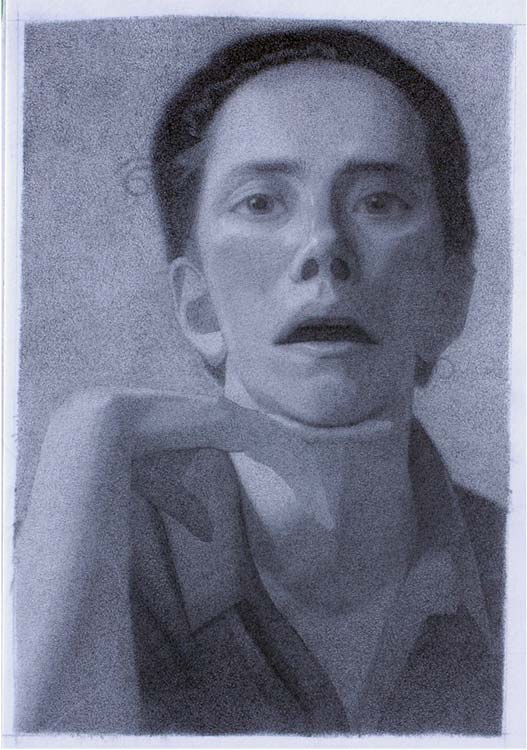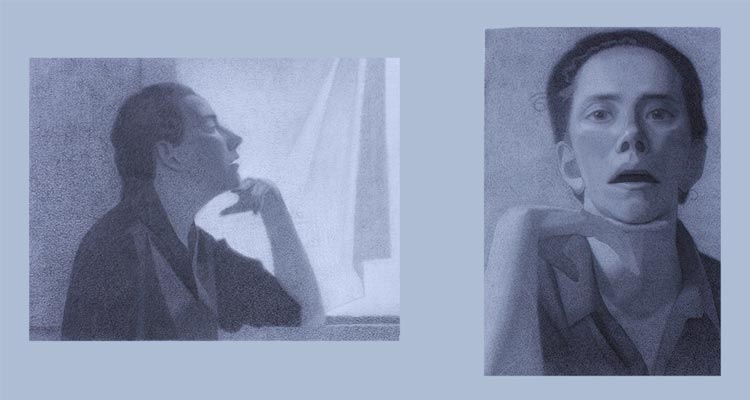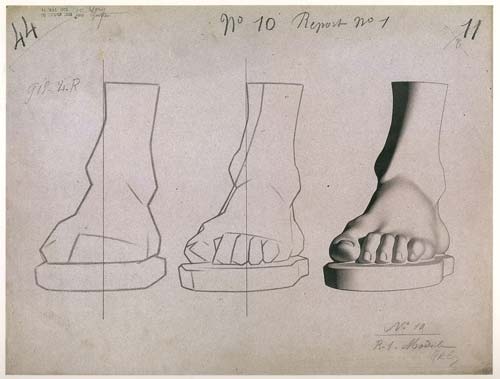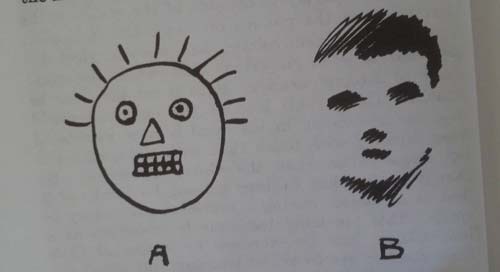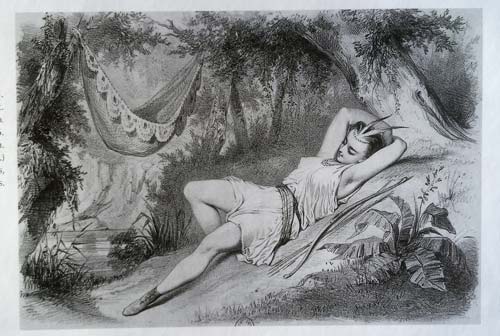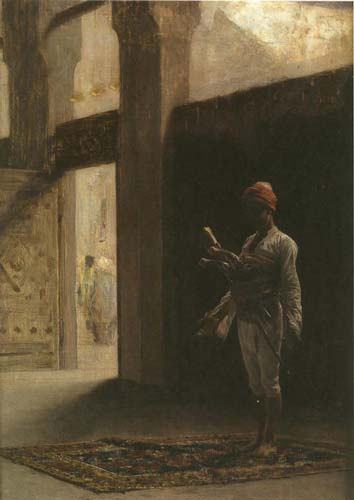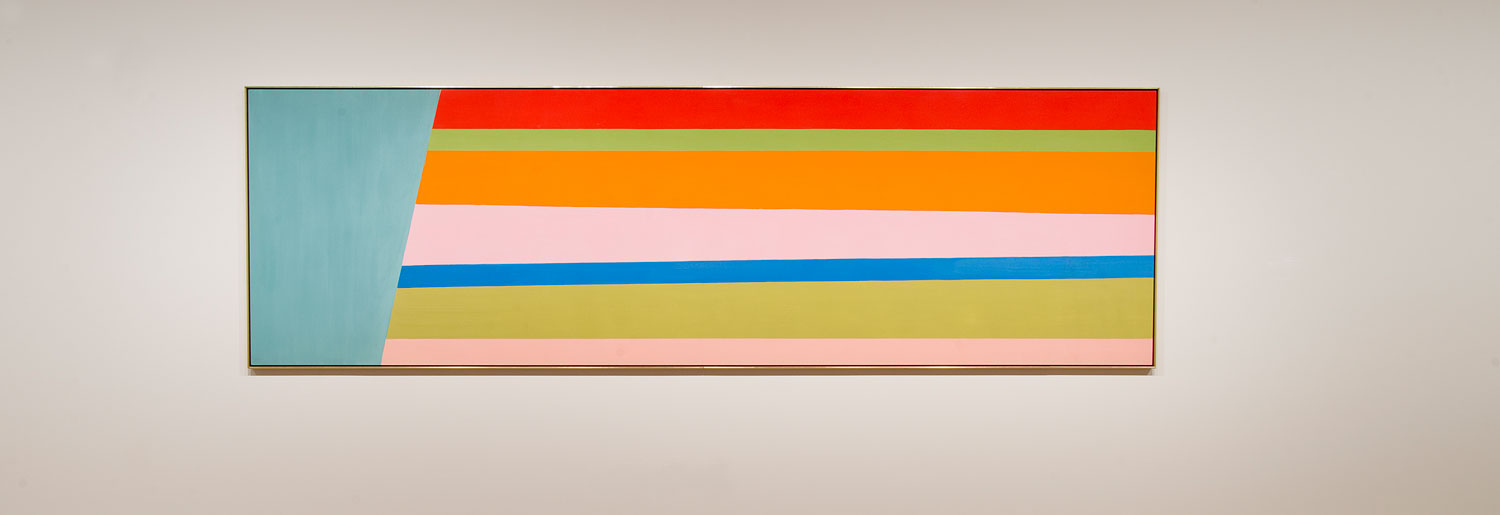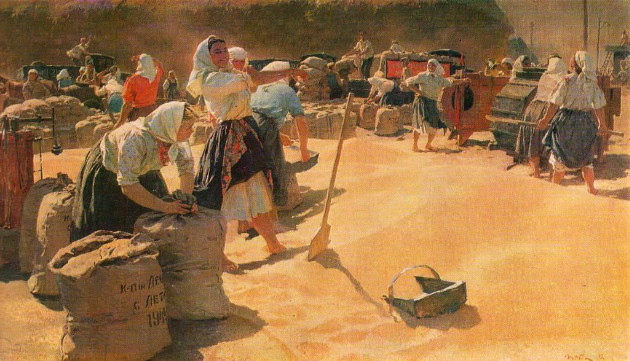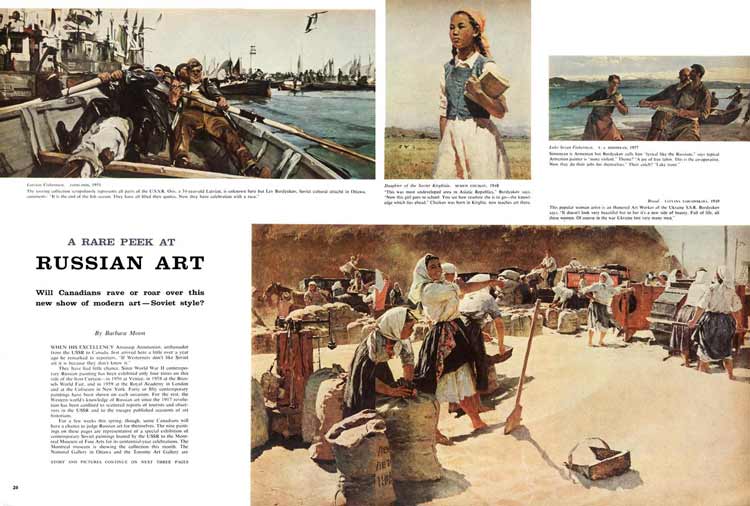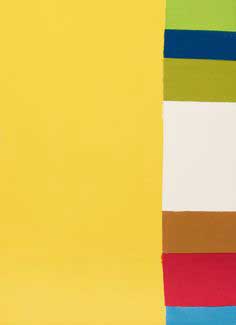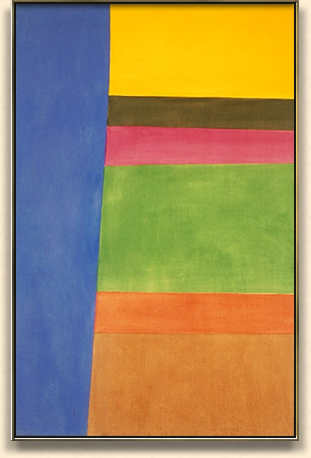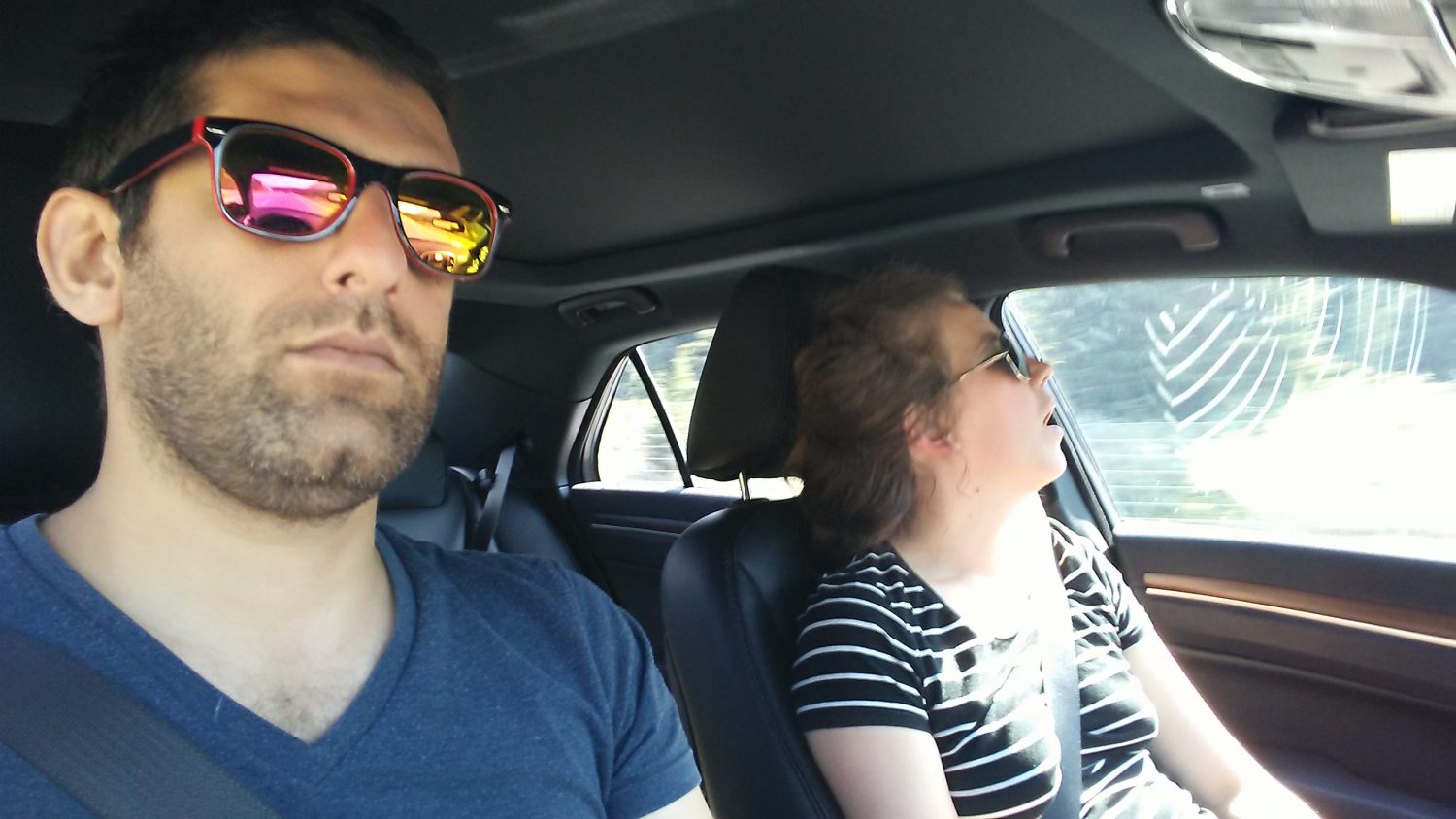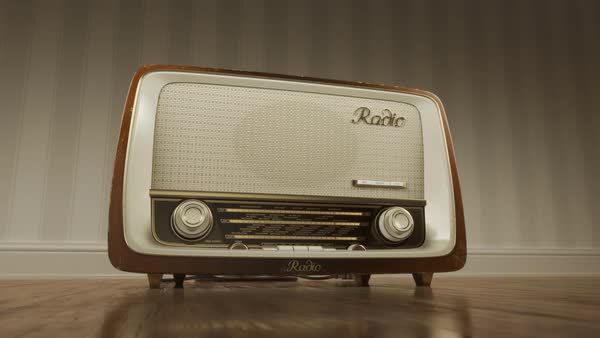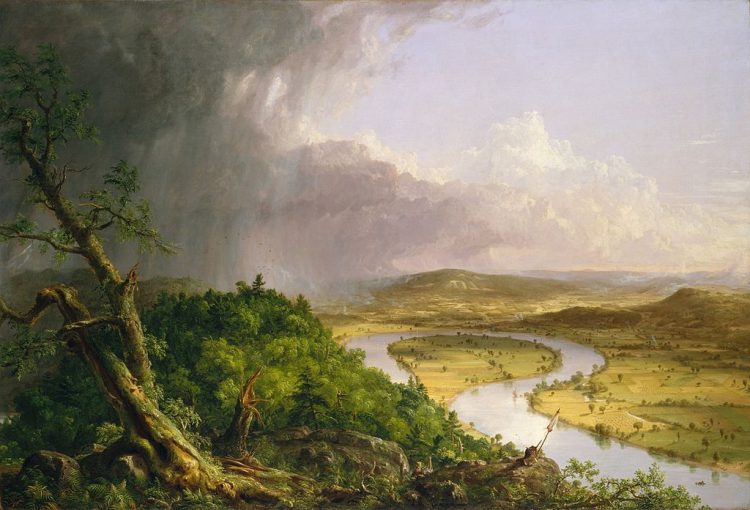Being an artist, for me, has always meant learning the craft of drawing. When I started my journey as artist I was sad to learn that institutions which taught classical drawing technique were disbanded throughout the 20th century. Classical technique is no longer taught at the secondary or post secondary level.
Unable to find the information I craved in the present, I looked to the past. Through my research I discovered that many artists have actually written manuals on the craft of drawing. In this post I share some of the books on art technique that have influenced my own development in drawing.
If you’re like me, and interested in the developing the technical skills to under-gird your creativity, this list is a great starting point.
Movement and Form, By Samantha Youssef
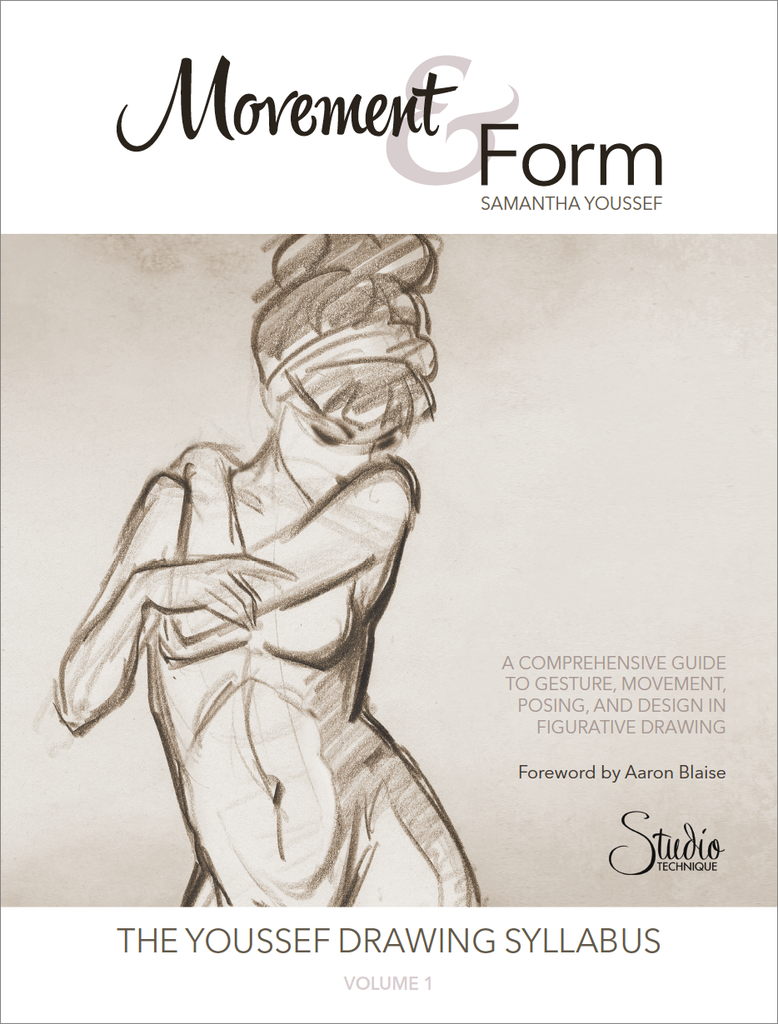
Book Author: Youssef
Youssef is a former character animator for Walt Disney Animation, has directed at Ubisoft Digital Arts, and is an award winner at the Toronto International Film Festival for her animated short film La Fuga Grande.
Art Student Level
Like all good art books, this one has something for artists of all levels, but I would especially recommend this book for beginner students. Youssef goes over the fundamentals of how to hold a pencil, how to set up your easel and the proper arm (not wrist) motion for drawing.
Book Overview
The book is a comprehensive overview of gesture drawing. Youssef offers a five step process on how to sketch from a model. The book teaches the young artist how to think in the abstract. She stresses the importance of thinking in terms of line and shape when building a drawing. The book also gets the reader to think of drawing in terms of communication. Each line should communicate some information about the model’s pose. Youssef offers a very interesting overview of the art philosophy on straight versus curved line. Reading this book reminds the reader that sketching is a kind of note taking for the artist or a way to build an understanding of nature through observation.
How I used this book
The book is deceptively short. While you could easily read this book in one sitting, I recommend breaking up each chapter with a couple sessions of life drawing. In life drawing sessions I would force myself to follow Samantha’s process. Only once I was comfortable with a particular stage of her process would I keep reading.
Fundamentals of Drawing, By V.A. Mogilevtsev
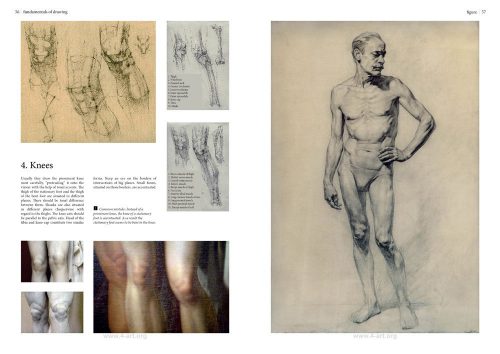
Book Author: Mogilevtsev
A. Mogilevtsev is a leading professor and a Head of the Department of Drawing at the Russian Academy of Arts (the Repin Art Institute), where he has taught senior students since 1995. In 2011, Professor Mogilevtsev received Gold and Silver Medals from the Academy for his teaching achievements and for his books Fundamentals of Drawing and Academic Drawings & Sketches.
Art Student Level
I would recommend this book to students with an intermediate level of drawing. The artist should already feel confident drawing lines and have experience drawing from a model. This is a great book for someone who wants to take on the challenge of longer poses and incorporate more detail into their art.
Book Overview
The book builds on the concepts covered by the Youssef book, discussing how to give a figure drawing a sense of structure and form. The book is set up as two demos: a portrait followed by a figure drawing. Like Youssef, Mogilevtsev stresses the importance of the gesture. The book teaches the artist to first lay down an overall impression of the portrait before zeroing in and developing each feature. Each step is illustrated with a sketch. This book invites the artist to think of form in terms of connected planes. Beside each sketch is an analytical drawing that shows the image in terms of its planar structure.
How I used this book
Like most art books, the best way to use this book is to copy the drawings. It can be tempting to copy only the final drawing from each demo but to fully understand the artist’s process I recommend building your drawing by following each illustrated step. I come back to this book to a lot. When I am working on a portrait I will often have the book beside my easel as a reference.
Drawing Course, By Gerald Ackerman
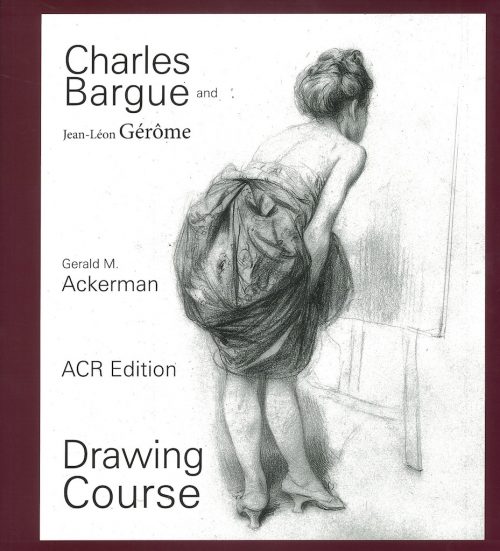
Book Author: Ackerman
Ackerman completed his studies at the University of California at Berkeley, then at the University of Munich and finally at Princeton, where he received his PhD. For twenty years, he was a professor of art history at Pomona College in California. He was a specialist of Gerome and published studies on other 19th century American and European artists, as well as on the theory of academic art.
Art Student Level
Originally this book was intended for young artists looking to be accepted at the French Academy. In many contemporary ateliers this book is taught at the beginning of the program as an introduction to drawing. I would argue that this book is best for intermediate and advanced artists. Before you start thinking about shadows and rendering you should already be comfortable with the fundamentals of structure that gesture drawing teaches. For the intermediate artist it is a great way to learn to see and articulate shadow shapes. For the more advanced artist the book is a great introduction to the art of edges.
Book Overview
The original book was a collaboration between the French lithographer and painter Charles Bargue and the French painter Jean-Leon Gerome. It was intended as a study manual for young artists. The art historian, Gerald Ackerman, reprinted the manual adding contextual and historical information on the artists, the original book, and the French academic system. The core of the book is a series of cast drawings. The drawings are broken down into steps. For anyone who has read Youssef and Mogilevtsev, the Bargue’s method will feel quite different. In the same way the two previous books focused on gesture, this book focuses on design. With this process the artist blocks out the general silhouette of the object using straight lines. Next, they divide the drawing into shadow shapes and light area. Only in the last step does the artist think about form. Form is expressed by laying down a graduated shadow between the light and dark areas.
How I used this book
I first came across this book when I started to investigate the atelier movement blossoming in the United States. At this stage I was still struggling to understand the relationship between shadow and form. I did about 20 copies from the plates and developed a good understanding of how to see and block in shadows. A couple years later I came back to the book. At this stage I was used to working slowly and committed myself to making more refined copies of the plates. In spending more time with the drawings I realised that the Bargue was treating his edges with incredible sophistication. I had been struggling with the concept of edges for a while and finally understood to think of edges as another way to communicate information about form.
Research on Teaching
Contemporary art puts a lot of emphasis on free expression, because of this there is a bias against teaching methods that prescribe a specific process. Through my research I’ve learned that no two artists work in the exact same way. To learn from another artist you need to give yourself over to their process. When working with these books commit to the process described by the artist. As you encounter more and new methods of working you will naturally pick and choose what you like from each artist and develop your own personal methods. Happy reading, and let me know which art books have helped you develop your craft!

